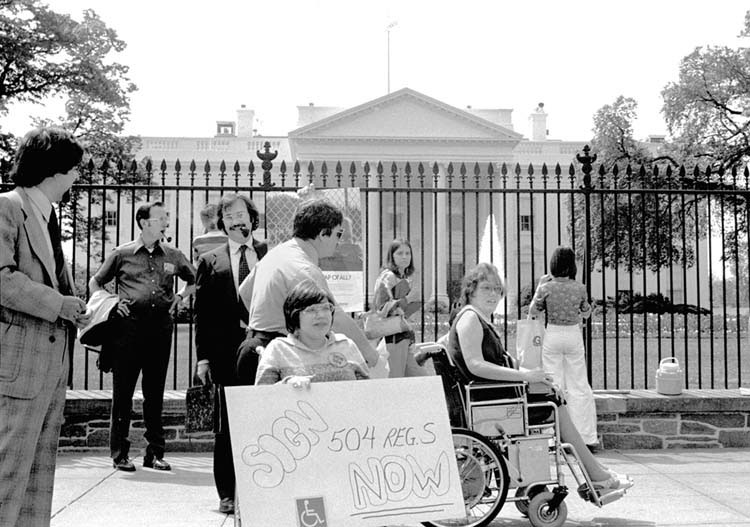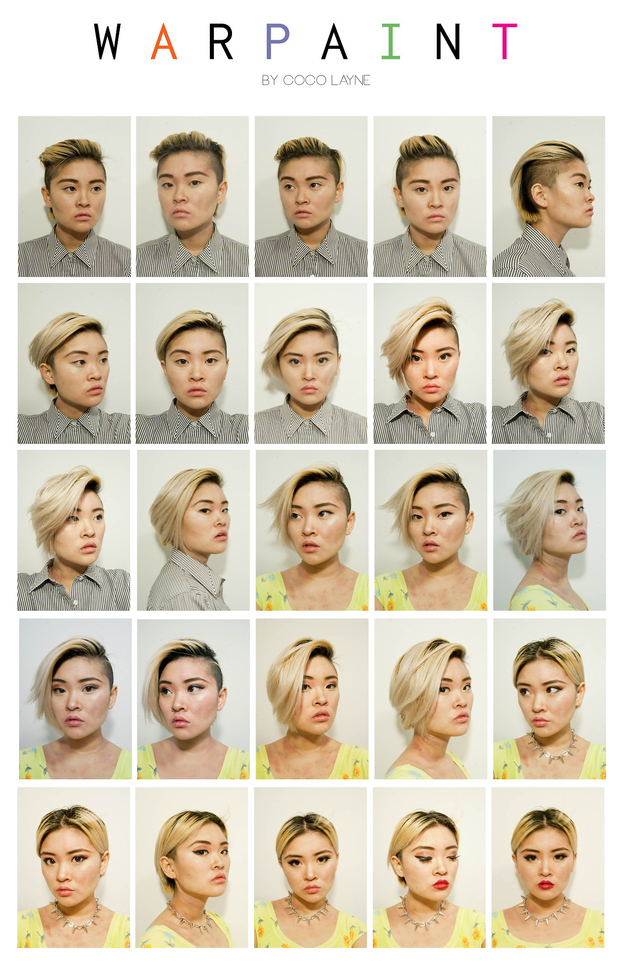For the past 40 years, San Francisco Bay Area lesbians with disabilities have been at the forefront of political, artistic, and cultural change. However, their stories and accomplishments are at risk of being lost. This was until Fabled Asp was formed.
Fabled Asp stands for Fabulous/Activist Bay area Lesbians with Disabilities: A Storytelling Project – They are a multi-cultural, multi-media organisation; that combine storytelling and filmmaking to document the revolution in queer disability arts, aesthetics, politics and culture.
Their mission is to empower disabled lesbians of diverse racial, cultural and age backgrounds to express stories, challenges, accomplishments and lessons of the movement.
In 2010, a groundbreaking and historic exhibition ‘Celebrating Fabulous/Activist Bay Area Lesbians with Disabilities: A 40 Year Retrospective’ was hosted in San Francisco Public Library. The show chronicled the accomplishments of disabled lesbian activists whose innovations had been largely obscured or misappropriated.
FabledAsp have now created an interactive virtual exhibition of the 2010 collection, to ensure the work is preserved and a wider audience can learn about disabled queer history.
Narrated by Fabled Asp member, Judith Masur, the virtual exhibition is a 40-year archive of historic and artistic moments, which cover a wide range of different disciplines; including art, music, and dance. Importantly, the exhibition displays an expansive timeline detailing the last 40 years of disabled lesbian accomplishments in America, including the ways the women participated in the national fight to implement federal legislation on disability rights and access.
How in 1977, these women were among those who protested for enforcement of Section 504 of the Federal Rehabilitation Act. How they sent representatives to Washington D.C. to testify at a time when people traveling in wheelchairs had to be loaded on planes via cargo equipment; and in the 1980s, when they created a groundbreaking special needs model for San Francisco’s Gay Pride Parade, including sign language interpreters, access lanes, and audience spaces designed for people with special needs.
“We stepped and rolled out of the shadows to demand and design changes in attitudes, laws and physical access.”
Fabled Asp
By throwing a bright spotlight on these women and events, they are giving the world and LGBT community a much needed lesson in how the past creates the present, and an invaluable guide to the intersections of disability, gender, race and sexuality.
“We gave the world and each other a new and expanded appreciation for the physical power and grace of our bodies, the verbal wit, intelligence, and emotional range of our political analysis.”
Wry Crips
You can explore the Fabled Asp website here.

